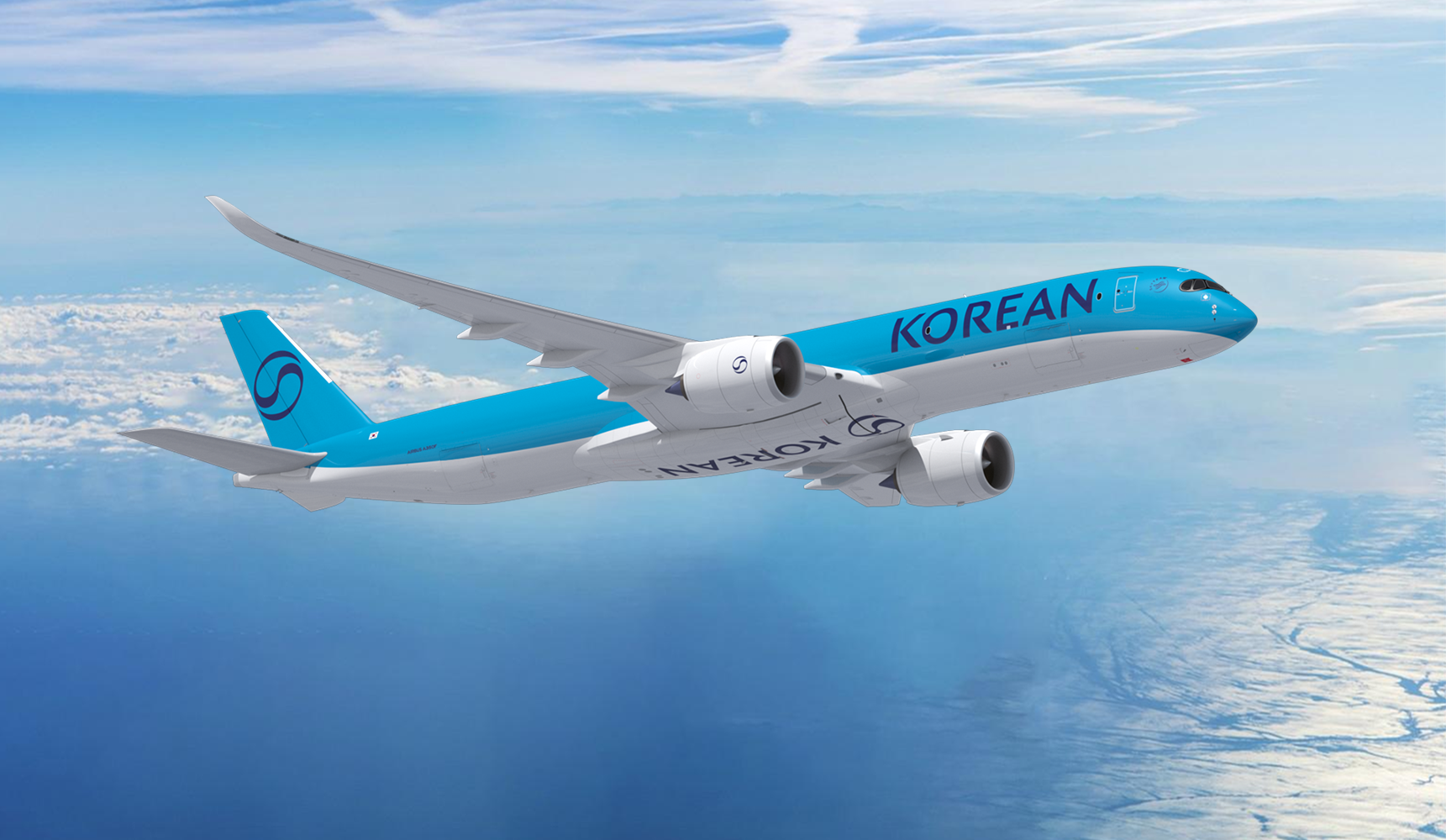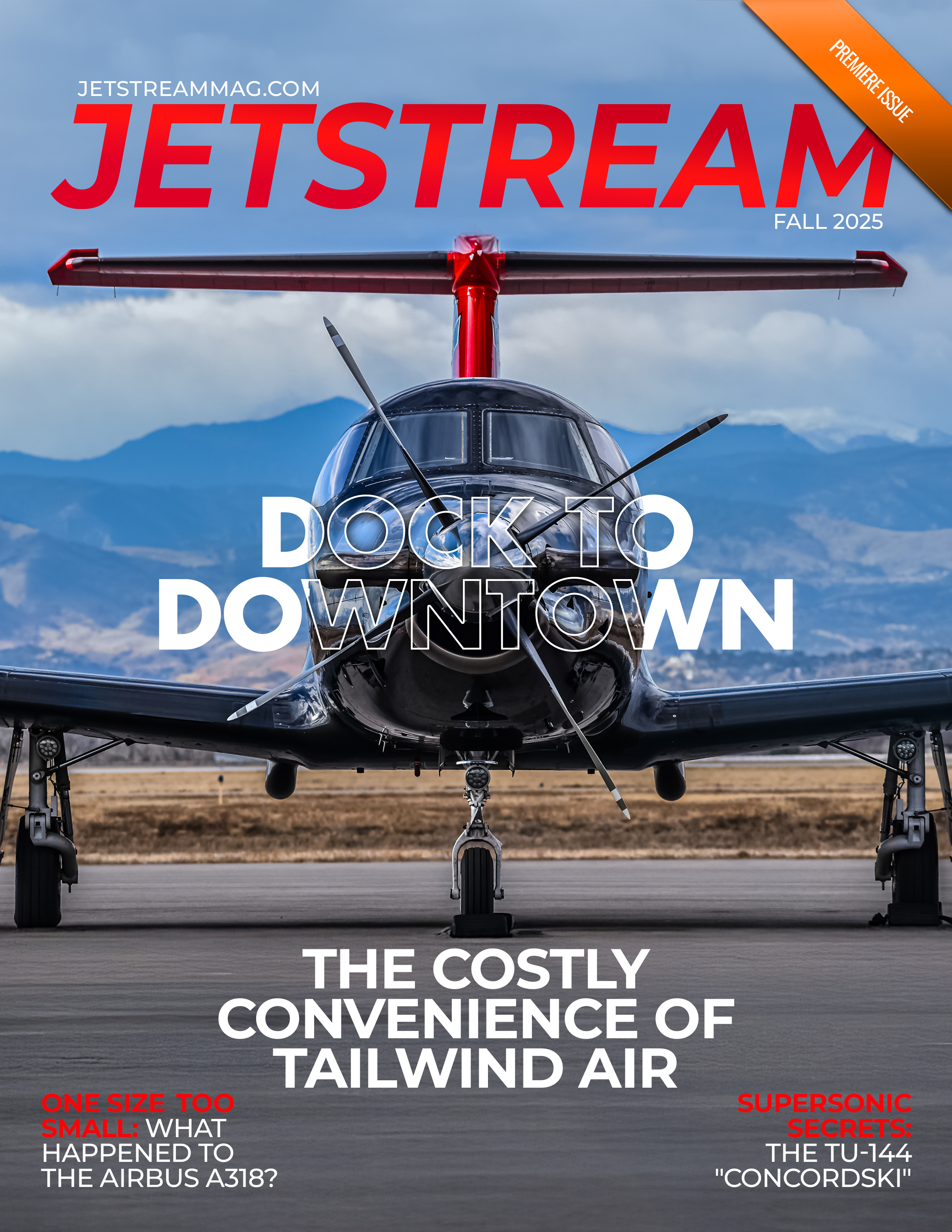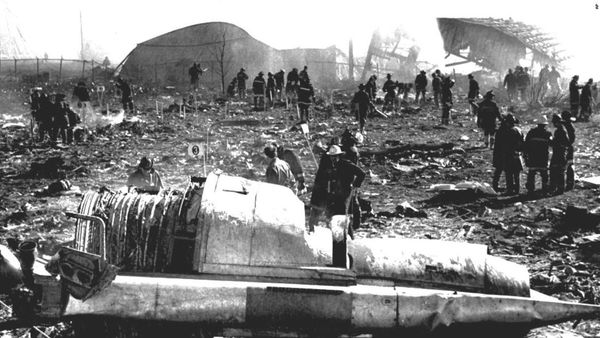Portions of this article were created with assistance from AI tools to help with research, drafting, or copy editing. A human editor reviewed the work, verified key facts, and approved the final version.
AI-assisted content
Korean Air has recently made a strategic decision to convert seven of its A350-1000 passenger aircraft orders into A350F freighter orders. This move signifies a shift in focus towards enhancing their cargo operations, which have become increasingly vital in the evolving landscape of global trade.
This decision reflects a broader trend in the aviation industry where airlines are adapting their fleets to meet shifting economic conditions and consumer needs. Freight capacity is increasingly recognized as a critical component for airline profitability, especially given recent disruptions in supply chains worldwide. With its new freighter orders, Korean Air aims to bolster its operational efficiency while contributing to the dynamic changes in cargo aviation.

The implications for cargo operations are profound as the A350F promises to enhance the airline's capabilities in transporting cargo efficiently. This shift may not only benefit Korean Air’s logistics network but could also influence its pricing strategies and service offerings in response to enhanced operational capacity. As cargo demand grows, this strategic pivot could very well signify the dawn of a new era in Korean Air’s operational strategy.
Korean Air's Role in the Cargo Industry
Korean Air is recognized globally as one of the major players in cargo operations, with a rich history in air freight services that dates back decades. The airline has cultivated a reputation for reliability and efficiency in transporting goods across the globe, making it a trusted partner for logistics and supply chain needs. The addition of A350F freighters will serve to enhance its already robust cargo offerings, making its fleet even more competitive in the market.

Throughout its history, Korean Air has consistently invested in modernization and expansion of its cargo fleet, making significant strides in advancing its air freight capabilities. The new order of A350F freighters aligns with the airline's strategic goals and its ongoing pursuit of operational excellence. By converting passenger slots into freighter versions, Korean Air is not only maintaining its leadership position but also adapting to changing industry demands.
This robust capacity for transporting cargo underscores the airline's critical role in global commerce. With airlines worldwide competing for market share, Korean Air's continuous enhancements to its operational capabilities position it to better serve its clients and expand its reach in the international marketplace, thus solidifying its stature as a leader in the air freight sector.
Ghosts of 191: The Crash Site that Continues to Haunt Chicago to this Day
A350F Unique Features and Specifications
The A350F freighter is engineered with advanced technologies that set it apart from traditional cargo aircraft. One of its notable features is the largest main deck cargo door in its category, which facilitates the loading and unloading of oversized and heavy cargo with ease. This door size enhances operational efficiency by reducing turnaround times at airports, a crucial advantage in the fast-paced logistics industry. Coupled with its impressive payload capacity, the A350F promises to meet the demands of diverse cargo requirements.
This advanced freighter design integrates lightweight materials and state-of-the-art engineering that contribute to its overall performance. For instance, the use of composite materials in its structure not only reduces the aircraft's weight but also enhances fuel efficiency. This characteristic is particularly significant as airlines constantly seek ways to minimize operational costs while maximizing payloads.
Supersonic Secrets: The Tupolev Tu-144 "Concordski"
Furthermore, the A350F's advanced propulsion system, including its modern engines, plays a key role in ensuring optimal performance. The aircraft's specifications allow for a range of operations and flexibility in serving various markets. By embracing these unique characteristics, Korean Air is poised to leverage the A350F's capabilities, enhancing its operational scope within the competitive cargo aviation sector.

Fuel Efficiency and Sustainability of the A350F
The environmental credentials of the A350F freighter are noteworthy, particularly in an era where sustainability is becoming a core focus of the aviation industry. The A350F boasts improved fuel efficiency compared to older cargo aircraft models, contributing positively to its operational costs and overall carbon footprint. With airlines facing increased scrutiny regarding emissions, the A350F is designed to align with ICAO's CO₂ emissions standards, ensuring regulatory compliance and promoting sustainable aviation practices.
Turbulence at the Top: How Four Airlines Came to Dominate the U.S. Air Travel Market
Fuel efficiency in the A350F is achieved through innovative design and aerodynamics that enhance its performance during flight. Its efficient engines manage to decrease fuel consumption, making the aircraft not only cost-effective but also a greener choice for air cargo operations. As regulations intensify, such advancements will be crucial for airlines looking to maintain their competitive edge while adhering to environmental targets.
By adopting the A350F, Korean Air not only positions itself favorably within the cargo aviation market but also reinforces its commitment to sustainability. The combination of improved emissions performance and operational savings means that the A350F represents a forward-thinking solution to meet both economic and environmental challenges facing the aviation sector.
Looking Ahead: Cargo Operations with the A350F
Korean Air's decision to convert its A350-1000 orders into A350F freighter orders marks a pivotal moment for the airline and the cargo aviation sector. This strategic move reflects a keen awareness of market trends and a commitment to operational efficiency and sustainability, propelling the airline into a competitive position within the industry. The sophisticated features of the A350F, including its advanced technologies and economic performance, underscore the importance of such investments in the future of cargo operations.
Terminal Trouble: One of Japan's Busiest Airports is Slowly Sinking

As Korean Air integrates the A350F into its fleet, the airline is set to enhance its capabilities in managing high-demand cargo routes effectively. This development could inspire others in the aviation industry to rethink their own operational strategies and consider upgrades that align with the evolving landscape of air freight. The overarching implications of this order extend beyond Korean Air itself, showcasing a movement towards innovation and sustainability within the cargo aviation space.
Ultimately, the A350F freighter stands to not only bolster Korean Air’s operations but also influence the broader market trends in air cargo transportation, setting a new precedent for what modern freighters can achieve in terms of efficiency and environmental responsibility.
Austrian Airlines Abruptly Terminates Wet Lease with Braathens Regional Airlines » Frontier Airlines Wraps Up 2025 with Major International Expansion from Atlanta » How Borders Shape Human Stories »
Comments (0)
Add Your Comment
SHARE
TAGS
NEWS AI Korean Air A350F cargo aviation air freight aircraft orders sustainability aviation industryRECENTLY PUBLISHED
 How Borders Shape Human Stories
The existence of borders can be seen through not only maps; they are also emotional markers that determine how an individual travels or moves, how an individual dreams, and what the individual considers to be their place in the world.
INFORMATIONAL
READ MORE »
How Borders Shape Human Stories
The existence of borders can be seen through not only maps; they are also emotional markers that determine how an individual travels or moves, how an individual dreams, and what the individual considers to be their place in the world.
INFORMATIONAL
READ MORE »
 NTSB: Maintenance Error Led to Citation CJ4 Gear Collapse in Baton Rouge
NTSB has determined that improper installation of a critical landing gear component caused a Cessna Citation CJ4's right main landing gear to collapse during landing rollout in September 2025
NEWS
READ MORE »
NTSB: Maintenance Error Led to Citation CJ4 Gear Collapse in Baton Rouge
NTSB has determined that improper installation of a critical landing gear component caused a Cessna Citation CJ4's right main landing gear to collapse during landing rollout in September 2025
NEWS
READ MORE »
 Austrian Airlines Abruptly Terminates Wet Lease with Braathens Regional Airlines
Austrian Airlines has abruptly terminated its wet lease agreement with Swedish regional carrier Braathens Regional Airways, effective immediately, marking a dramatic reversal in a partnership that was extended just months ago.
NEWS
READ MORE »
Austrian Airlines Abruptly Terminates Wet Lease with Braathens Regional Airlines
Austrian Airlines has abruptly terminated its wet lease agreement with Swedish regional carrier Braathens Regional Airways, effective immediately, marking a dramatic reversal in a partnership that was extended just months ago.
NEWS
READ MORE »








